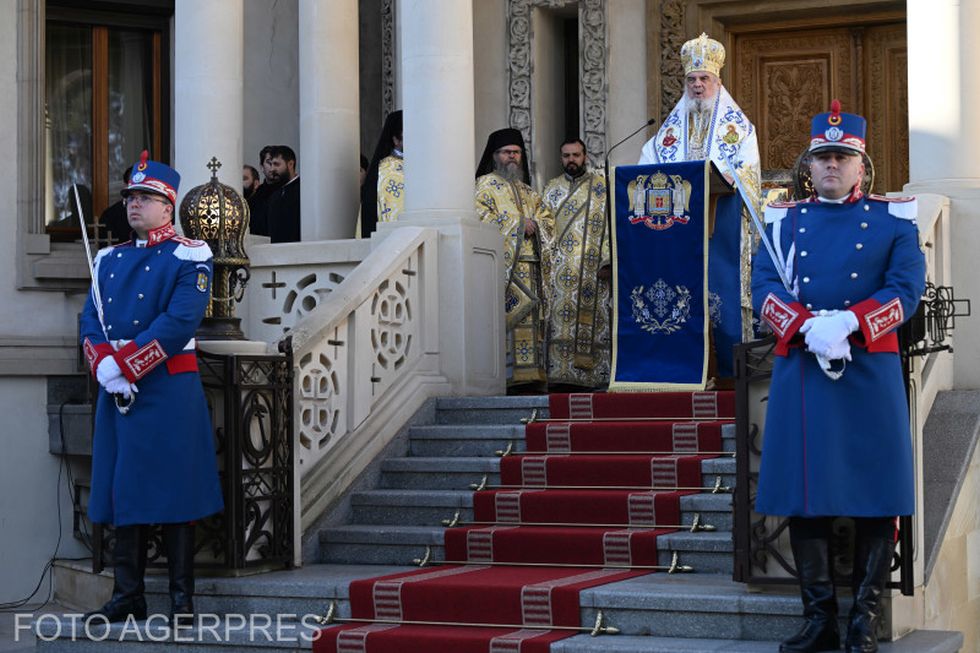Sector 3 of Bucharest, the City within a City
Bucharest was first documented on 20 September 1459, in a document issued by Vlad the Impalers Chancery.

Monica Chiorpec, 04.05.2015, 13:22
Bucharest was first documented on 20 September 1459, in a document issued by Vlad the Impaler’s Chancery. In 1862, Bucharest was declared the capital of the United Romanian Principalities of Moldavia and Wallachia. It developed as a major culture and arts center, and in the early 20th century, as the Bucharest elites modeled themselves after Western ones, mostly French, Bucharest came to be known as Little Paris, mainly due to its architecture, a moniker it would keep in the interwar period too. Unfortunately, the communist regime had a brutal effect on its architecture and infrastructure. Many historical monuments were outright destroyed, especially in the 1980s, some of them to make room for industrial neighborhoods. Right now, Bucharest is divided into six administrative sectors, which radiate from the center like slices of a pie.
Historian Emanuel Badescu spoke to us about the birth of the Romanian capital city: “Bucharest’s core was the Princely Court, or Princely Palace, and a village that evolved to become the oldest neighborhood, developed around the Old St. George Church. This is the so-called Popescu Quarter. This neighborhood extended beyond Delea Veche and Delea Noua, up until it almost reached Marcuta Monastery, east of Bucharest. Lt-col. Papazoglu, 19th century Romanian historian, archeologist and geographer, claims that the second neighborhood he moved to, after living in Ban Ghika’s houses by Mihai Voda bridge, Dobroteasa Quarter, was the birth place of the city, according to his studies. He was wrong by only a few hundred meters, since the core was right by Old St. George Church.”
Sector 3 of the capital city comprises the most significant part of the historic center of the city. This interesting mixture of old buildings, representative of Bucharest, and new quarters, Sector 3 stretches from University Square to the eastern edge of Bucharest. It has 34 sq km, and is the most densely populated sector in Bucharest, with a population of 342,000, according to the 2011 census. It is seen as a city within a city, which has undergone many changes and transformations along its history, some better known than others.
Back with details is Emanuel Badescu: “This city within a city is the place that was the worst affected by the Great Fire of March 23 1847. If we look at the Papazoglu map, we can see that the fire had its flashpoint in the courtyard of the Filipescu household, across from St. Dimitrius Church, then spread beyond St. Stephen Church to what is now Calarasi Street, which used to be Podul Vergului. Basically, this great fire engulfed the whole of what is now Sector 3 of modern Bucharest. This sector was also the first which, as a result of the fire, issued the first building and zoning regulations, proposed by both Prince Gheorghe Bibescu and his brother, Prince Barbu Stirbey. These norms are still in place when building private homes. I don’t know if the conflagration was an accident or if it was arson. I am thinking of the fact that some areas did not burn, which is suspicious. For instance, the old Town Hall, built by Xavier Villacrosse in 1843, escaped the fire miraculously. The building was later demolished, once the river Dambovita was built an artificial bed around 1880.”
The University of Bucharest as it stands now, one of the most important buildings in the city, lying on the line between sectors 1 and 3 of Bucharest, is built on what was St. Sava Monastery. In the 18th century, that monastery, which was a center of education, was turned into the Princely Academy. In 1918, Gheorghe Lazar created here the University as we see it now, laying the foundation of Romanian modern university education. Among the monuments that withstood the vicissitudes of the communist regime are the National Bank of Romania, the Postal Service Palace, which now houses the National History Museum of Romania, Manuc Inn and the old Stavropoleos, Coltea, Annunciation and Russian Churches.
Unfortunately, not the same can be said about many other historic buildings, as Emanuel Badescu told us: “Historians look in pain to the widespread destruction of 1981 to 1986. This sector had much more to suffer than the other five sectors. We are talking mainly about the destruction of the oldest traditional neighborhood in Bucharest, Popescu Quarter, which was the old core, between Old St. George Church and St. Vineri Church, which were wiped off the face of the earth. The new apartment buildings reached the intersection Calea Calarasi- Mihai Bravu Blvd. We can see how the old part of this quarter, which it shared with the entire capital, was mutilated. Beyond Calea Mosilor we have left the church built by Marshall Ion Antonescu, which has preserved his bust.”
The communist idea of cramming an industrial population into massive tall buildings is now a thing of the past. The biggest threat right now to historic monuments is modern real estate development, which can be unpredictable.






























